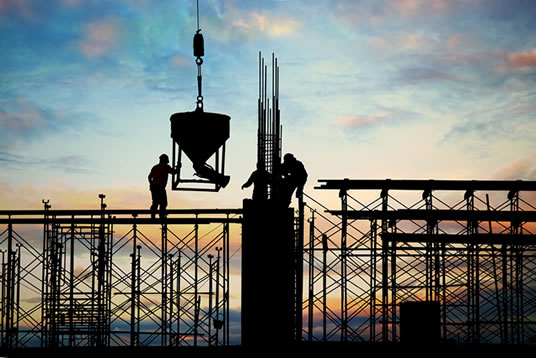Construction output in Sub-Saharan Africa grew by an estimated 1.7% in 2022, compared to a growth of 3.2% registered in 2021.
The industry is forecast to record growth of 3.2% in 2023, however, significant downside risks persist, most notably the rising debt levels across the region, says GlobalData, a leading data and analytics company.
GlobalData’s latest report, ‘Construction Market Size, Trends and Growth Forecasts by Key Regions and Countries, 2022-2026’, reveals that the region’s post-pandemic economic recovery has been halted since the second half of 2022, with the IMF’s Oct 2022 WEO forecasting GDP growth in the region to remain subdued at 3.7% in 2023 following a deceleration to 3.6% in 2022.
Public debt has reached about 60% of the GDP, with several countries in the region in debt distress condition or at high risk of debt distress.
Dhananjay Sharma, Analyst at GlobalData, comments: “With the gloomy economic backdrop, and additional challenges specific to the construction industry, notably high construction material costs, the region’s industry will remain subdued in the short term. Both public and private sector projects will face hurdles, with government’s revenue continuing to be directed at efforts to deal with immediate socioeconomic crises while high construction material prices will make projects unviable for the private sector.”
Chinese funding has been a major source of growth for infrastructure projects in the region in the last two-decades, helping Africa bridge its $100 billion-a-year infrastructure deficit. However, post-pandemic Chinese economic slowdown coupled with the substantial losses on the loans it granted to multiple countries is resulting in a recalibration of Chinese focus on the Belt and Road Initiative (BRI) and a slowdown in Chinese investment in the region.
Alongside, a tightening of monetary policy across the developed countries is also affecting the region, while higher interest rates as a result of high inflation is weighing on both business investments and household consumption.
Sharma concludes: “Over the longer term, growth is expected to pick up from 2024 onwards, with energy and utilities outperforming other sectors. In the short term, growth will be driven by increased activity in oil and gas projects due to continued higher prices, while longer-term investments will be driven by the shift towards green energy and the underlying potential of renewables in the region. Along with energy & utilities, investments in infrastructure and institutional sector will be driven by the continued realization of the inadequacies of the current transport and utility systems and education & healthcare facilities.”
Also Read
Construction work starts on Tabora-Isaka SGR in Tanzania
Manhize steel plant construction half complete

